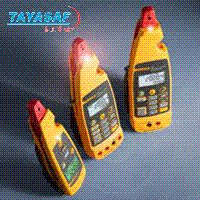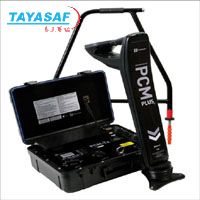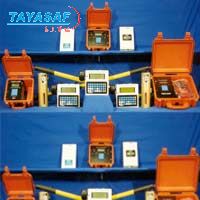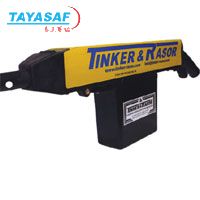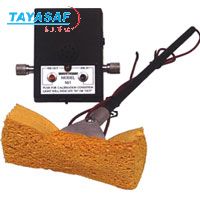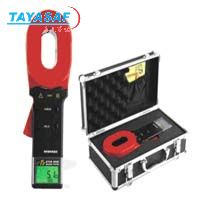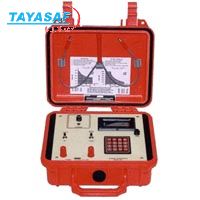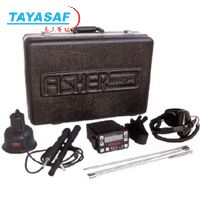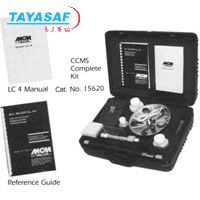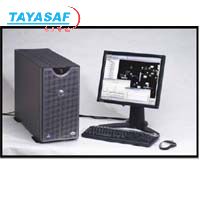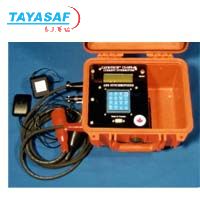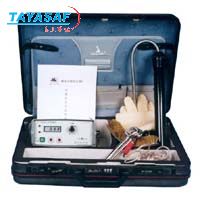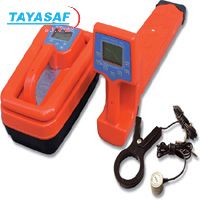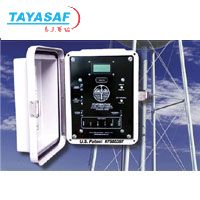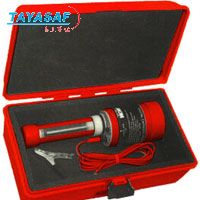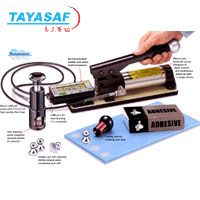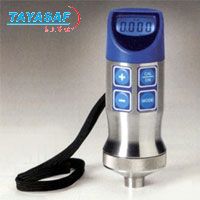Controller:
The LP Hoying Co. charge / output controller provides a precise, electronic charge regulator to control battery terminal voltage during charging and an efficient wattage converter for stepping the voltage down to the required power supply output level. This unique feature allows the solar panels to operate at their peak power point for longer periods of time during the day. Printed circuit board LED indicators illustrate battery charging and converter functions.
Standard features include temperature compensation on the charge circuitry and load drop for lead acid battery protection during extended cold weather, or sunless periods. PC board is environmentally sealed: low loss FET's are used in battery charging and converter circuitry: Continuous potentiometer adjustment and solid-state circuitry are provided for fine current control. All functions are engraved into the instrument panel. Continuous reading voltmeter and ammeter are standard. Compression lugs are provided for battery, solar and load connections.
Reduced Energy at Night (REN) type is designed to provide 100% of the daytime current rating during daytime solar energy periods and a minimum of 1/2 the daytime current rating of the power supply at night. This approach works on well casings and coated pipelines where the structure maintains polarization and can be polarized during the daytime. Only a fraction of the current required to initially polarize a structure is needed to maintain polarization once the structure is polarized. The size and quantity of components required are reduced which results in lower total power supply costs.
Continuous Voltage Output (CVO) type is designed for use in areas where a constant voltage is needed to provide protection at the set level 24 hours a day. Once set, the output voltage stays at the set point and current output changes as the ground-bed resistance changes. A magnetic circuit breaker is provided for over current protection.
LVIP & NVIP solar power supplies provide constant voltage, current and potential control modes.
Constant Voltage Control mode: In this mode of operation, the power supply output voltage is adjusted up or down by the operator and is held constant at the set point. The rectifier's output current changes as load resistance changes.
onstant Current Control mode: When a constant current power supply is specified, the operator has the ability to adjust the output current to a maximum desired level. The power supply automatically adjusts its output voltage to maintain the desired current level as load resistance changes.
Constant Potential Control mode: The operator has the capability of setting the desired reference to structure potential. A permanent reference half-cell is required for the constant potential power supply to operate in this mode. The reference cell to structure potential is sensed by the controller and compared to set the potential programmed by the operator. If there is a difference between the two, the power supply automatically adjusts its output to compensate for the difference.

 泰亚赛福 —— 世界领先的检测仪器集成供应商
泰亚赛福 —— 世界领先的检测仪器集成供应商 


 您当前的位置:
您当前的位置: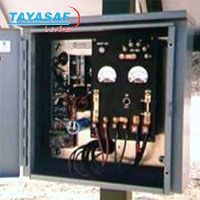

 加入对比
加入对比


